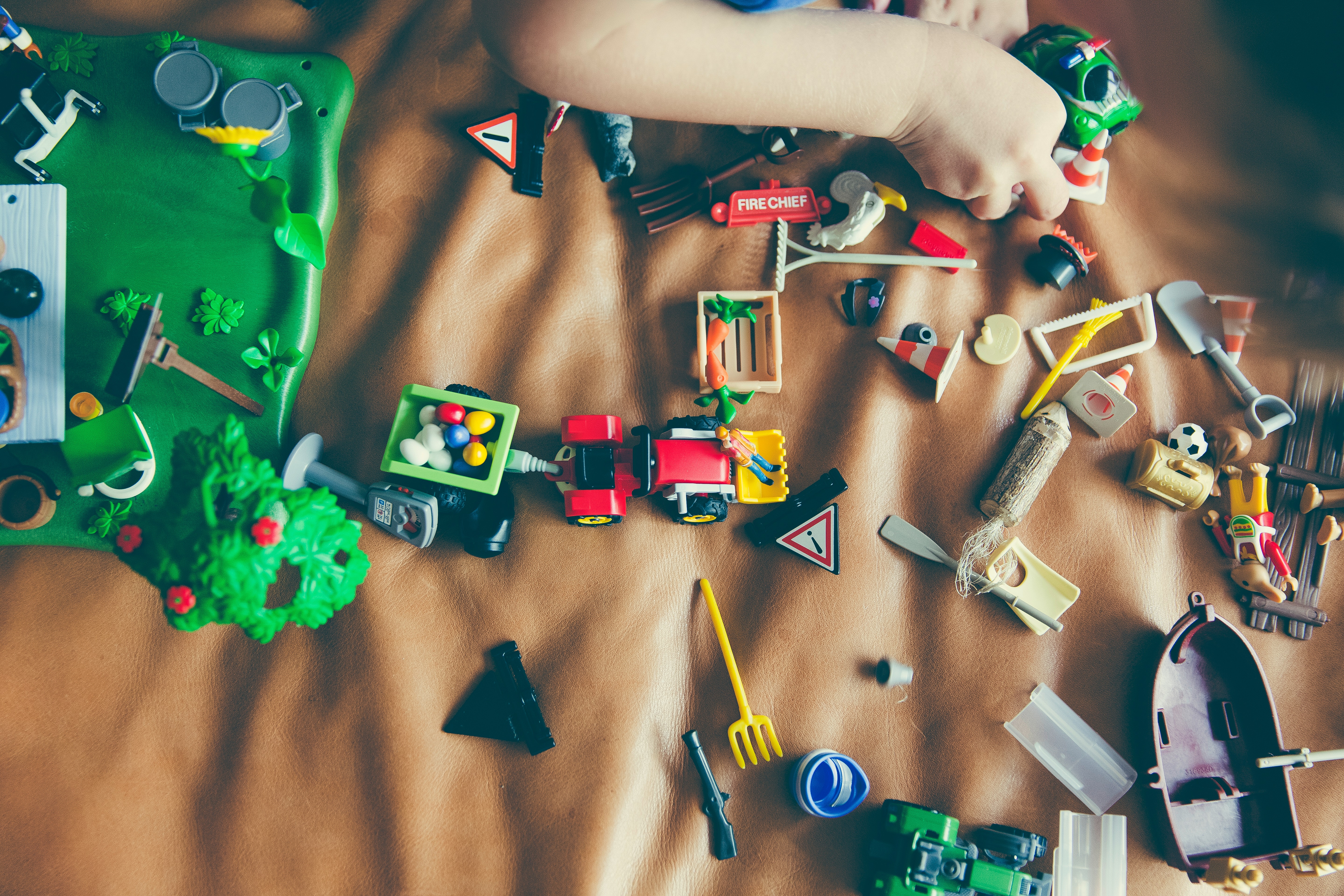
Play time is a great time. When done right, it’s never a time waster nor is it just a way to destress.
Structuring proper play can facilitate improved socialization, organizational skills, creativity and much more.
Learning how to interact with the world through play is arguably essential for children. For children with disabilities, modifying certain toys or adapting certain styles of play can go a long way in making those experiences more fun and enriching.
Here are some suggestions to keep in mind when considering how to adapt toys to a child’s unique needs:
Simplifying ways to play
Depending on the toy or game, this could mean:
- reducing the number of pieces a toy has
- streamlining the steps required to play a game
- replacing certain pieces or rules to ease frustration and make the toy or game more intuitive.
When doing this, keep in mind that you should have a balance between the accessibility of the toy and how challenging it is to play with and complete.
Have it too easy, and it may not be stimulating enough for the child.
Enhancing the level of play
By contrast, you could instead make the toy or game more complex. For example, if your child’s play time involves something with a lot of different pieces, such as LEGOs, you could gradually introduce new pieces to further exercise their creativity.
Enhancing in this manner doesn’t just involve more components. It could mean different, more complex shapes, or adding a larger assortment of colours and textures.
When relevant, try being more deliberate with the way you introduce increasingly complex elements.
You could introduce certain components, for instance, with a texture or colour that contrasts the other components, which can cue the child toward focusing their attention accordingly.
Structuring the play area
Rather than directly modifying a game or toy, this aspect is all about modifying the area of play. Specifically, consider using certain objects to limit the play space, so that the toys do not go ‘out of bounds’ and make it frustrating for the child to access.
You could use a tray for toys with many small pieces, or use a hula hoop around the toy. Placing toys in a kiddie pool and having the child play inside also works wonders. Confining the play space can also make play time itself safer and easier to watch over.
Upgrading toys for ease of use
Toys designed with assistive technologies can be very expensive. Thankfully there are many workarounds for common toys to be more accessible to children with disabilities, particularly ones of a physical nature.
You could add knobs or tape to certain toys, such as puzzles, to make it much easier to pick up and put together.
If play time involves writing or drawing, you could use play dough or putty to form a larger surface area around crayons and other such stationery, making it easier for the child to grip.
Some toys can be flimsy or easy to dismantle, though that could also mean it is prone to tipping over or dislodging. You can remedy this by stabilizing the toy with velcro, suction cups, magnets or play dough, to name a few.
Learning the right ways to play
While you might consider simply providing a child with simpler toys and not bother with adaptation, varied experiences and overcoming challenges are integral to learning.
Your child could miss out on key developmental milestones without the right type of toys or play to train crucial skills. So let them play hard, play smart, but most importantly, let them have actual fun playing.
References
Sunrise Medical (2017) Adapted Toys For Children With Disabilities [Accessed 26 April 2023] Available at: https://www.sunrisemedical.eu/blog/adapted-toys-for-children-with-disabilities
Cari Jean (2022) Finding Adaptive Toys for Special Needs Children [Accessed 26 April 2023] Available at: https://wehavekids.com/parenting/Adaptable-Toys-for-Special-Needs-Children